While oats are a common pantry staple, do we know what these healthy grains offer? This Oats 101 guide will let you in on the different types of oats, their benefits, and the best ways to enjoy them!
Estimated reading time: 5 minutes
Jump to:
What are Oats?
Oats are a type of cereal grain. Once harvested and hulled, they are called groats, the least processed form of an oat grain. In this form, they are ready for human consumption but are still difficult to digest unless they are soaked before cooking.
Whole Grain Oats go through several processes after hulling, which determines the type of oats that we now see on the shelves of major supermarkets!
The most common types of oats are:
- Steel Cut
- Rolled Oats
- Instant Oats
This oats 101 guide will help you to understand the variety of oats available in the market and pick them wisely for cooking.
Common Types of Oats
1) Steel Cut Oats: These are basically groats that are cut into smaller pieces using a steel blade so they cook in less time. They are chewy but not as difficult to digest as groats. You may also find them in stores under the names Scotch oats or Irish oatmeal.
2) Rolled Oats are also called old-fashioned oats. The grains are steamed and flattened so they are easier and quicker to cook than steel-cut oats.
3) Instant Oats are just like rolled oats, these have gone through hulling, steaming, and rolled into flat kernels. The difference is that they are pre-cooked so all you have to do is add milk or hot water to enjoy them– no cooking required!
Difference Between Steel-Cut, Rolled, and Instant Oats?
As explained above, these three types of oats have gone through different processes before hitting the shelves. They differ in appearance, texture, and of course, cooking time.
- Appearance: Steel Cut Oats retain the appearance of whole-grain groats but are chopped into smaller pieces. Both rolled and instant oats have a flat shape, however, instant oats are thinner and lighter because they have been cooked and dried before being packed.
- Texture: Once cooked, steel oats have a chewier texture compared to the other two. Rolled oats are thin and absorb liquid better, so they are easier to chomp on but still have a firm bite into them. On the other hand, Instant oats are soft and become pliable quickly when added to liquids.
- Cooking Time: The more processed the oat, the less time it needs to cook. Steel-cut oats take about 20 to 30 minutes of cook time while rolled oats cook in half the time only. Instant oats do not need cooking at all, steep in hot liquid before eating.
Nutrition Facts and Health Benefits
Did you know that oats are one of the healthiest grains on our planet?
- They are rich in nutrients and minerals which makes them a great addition to our daily meals. Oats are also known to provide our bodies with high-quality protein, fibre, and antioxidants.
- All of these combined can help lower cholesterol and blood sugar levels plus aid our digestive system.
- Since it is loaded with soluble fibre and carbs, it is also known to help maintain a balanced diet and promote healthy gut movement.
Are Oats Gluten Free?
Yes, oats are naturally gluten-free which makes them a great alternative for those with celiac disease. However, it is always prudent to check on the package information first before buying one if you are gluten-sensitive. Some may be contaminated with gluten during the manufacturing process.
How To Store Oats
When stored properly, oats can have a long storage life.
Place your unopened packs in a dry, cool area and they should be shelf-stable for at least a year. Once the package is opened, it is best to transfer oats to an airtight container or glass jar.
Healthy Oat Recipes
- Oats Chilla
- Oats Cutlet
- Granola Bar
- Oats Khichdi
- Overnight Oats
- Vegetable Oats Soup
- Mango Oats Smoothie
- Apple Muffin with Oats Crumble
follow us on Youtube and Instagram for video recipes.
I hope you enjoy reading this Oats 101 guide, please leave a comment and a rating. This helps us grow and reach other food lovers like you.

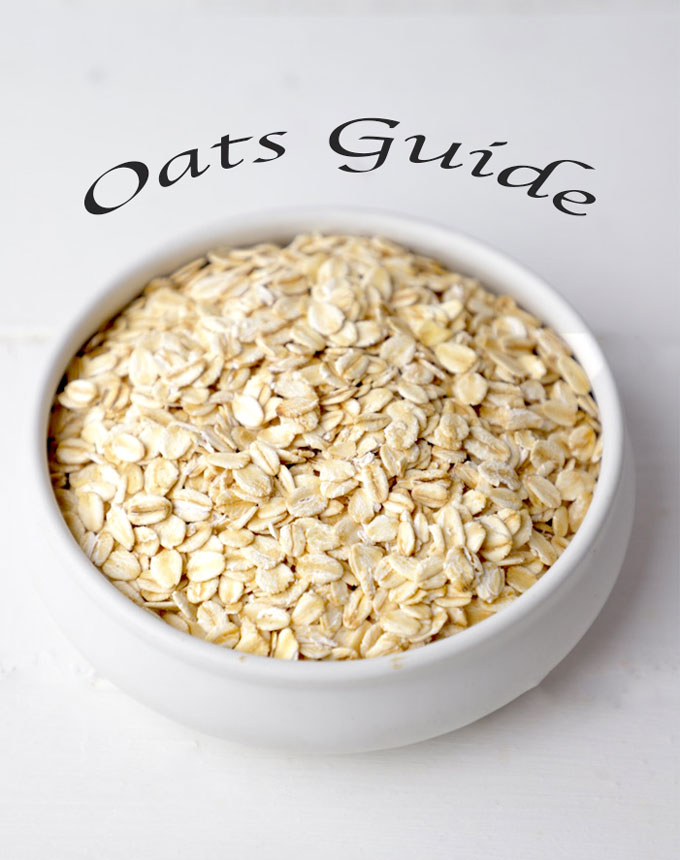
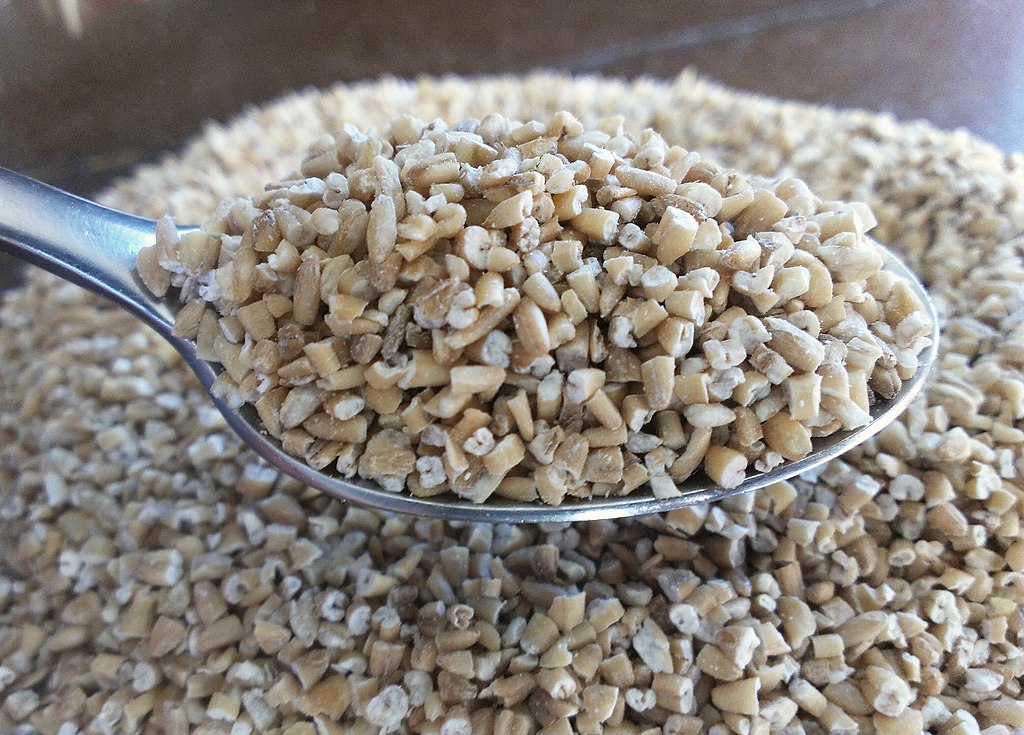
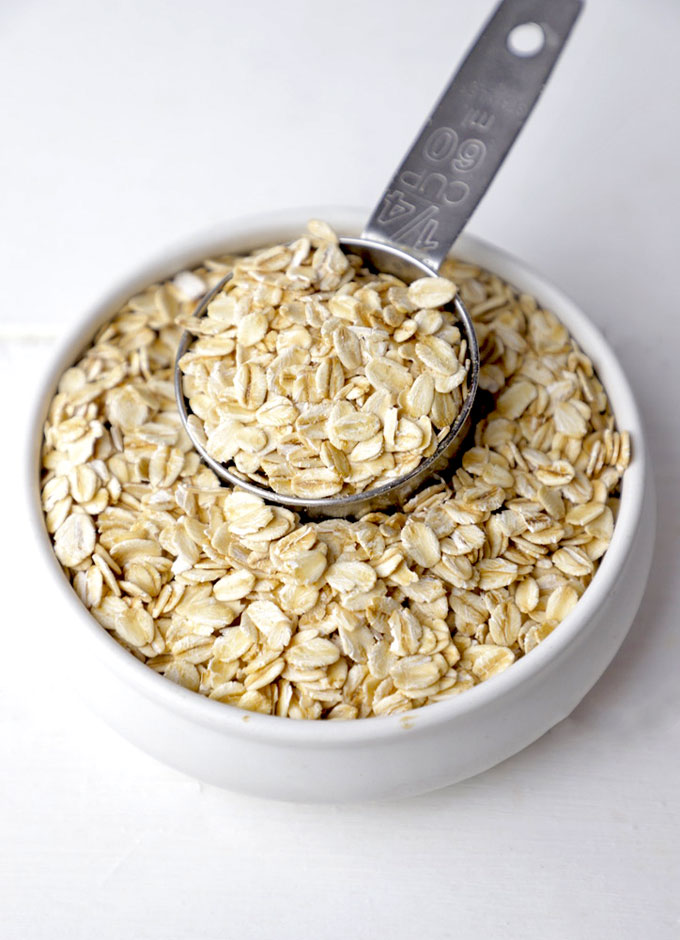
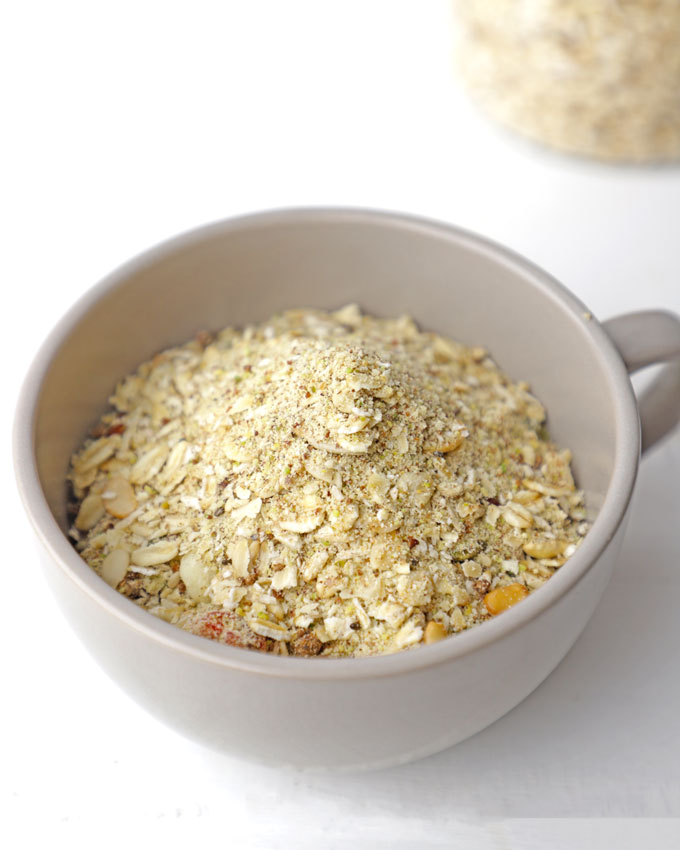
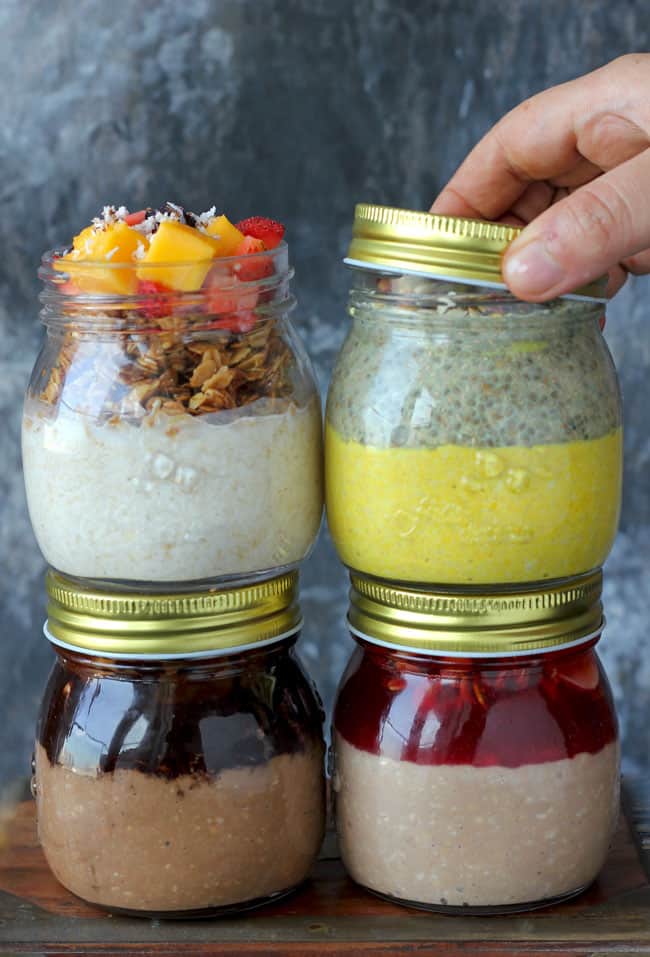
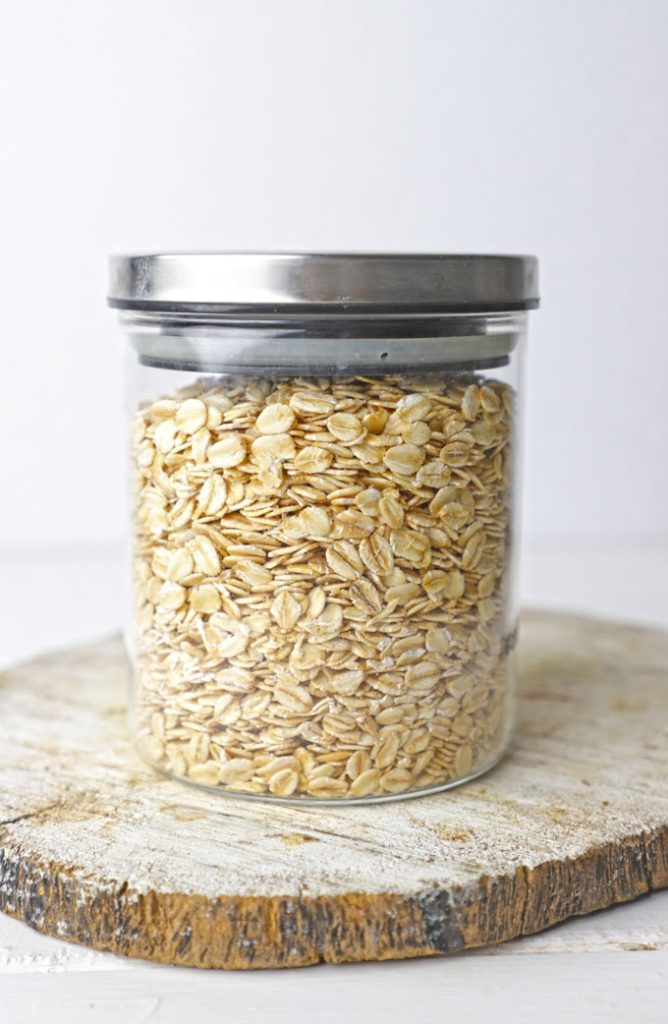
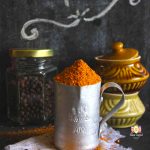
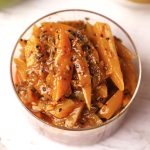


Leave Your Rating & Comment